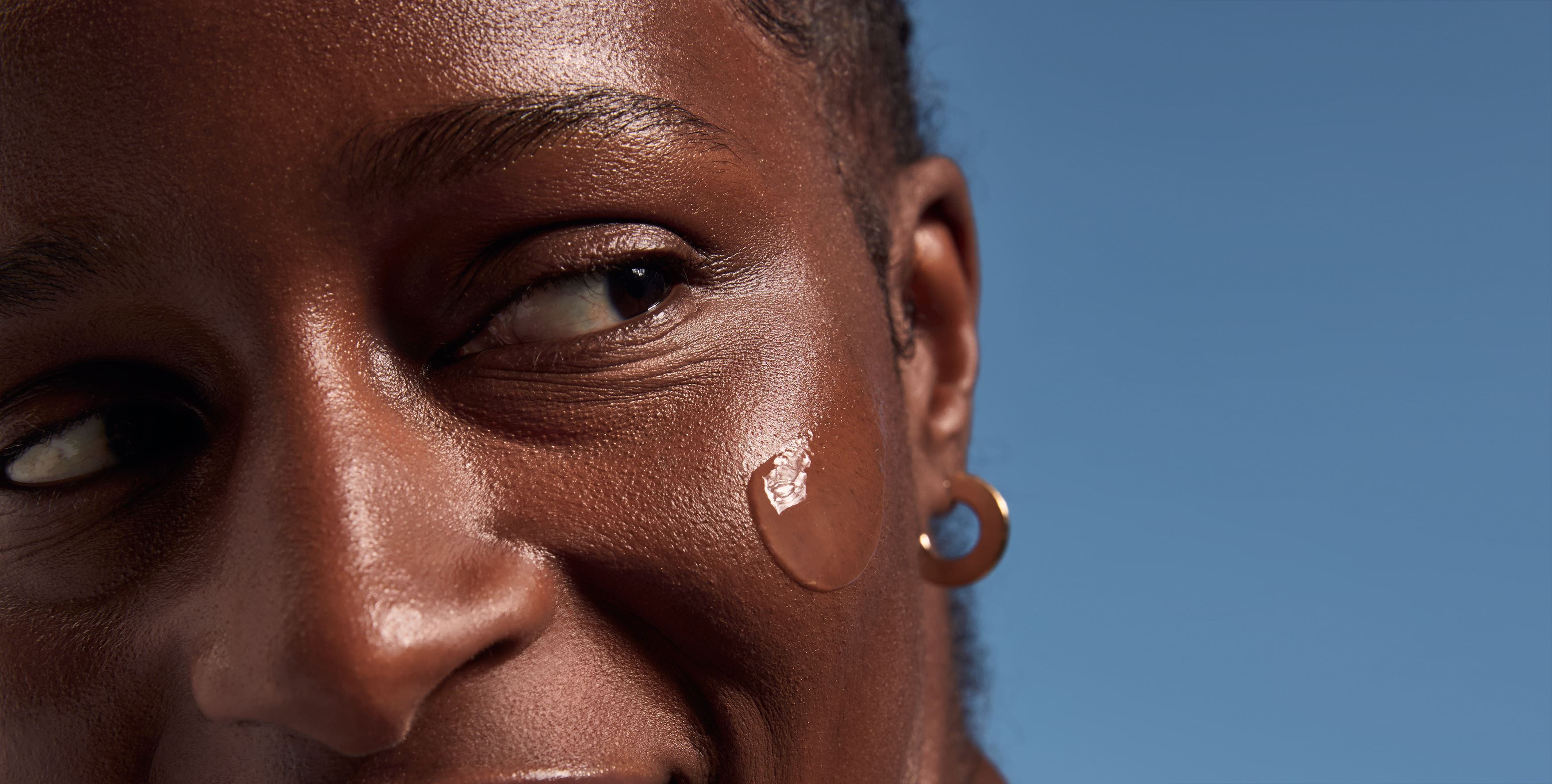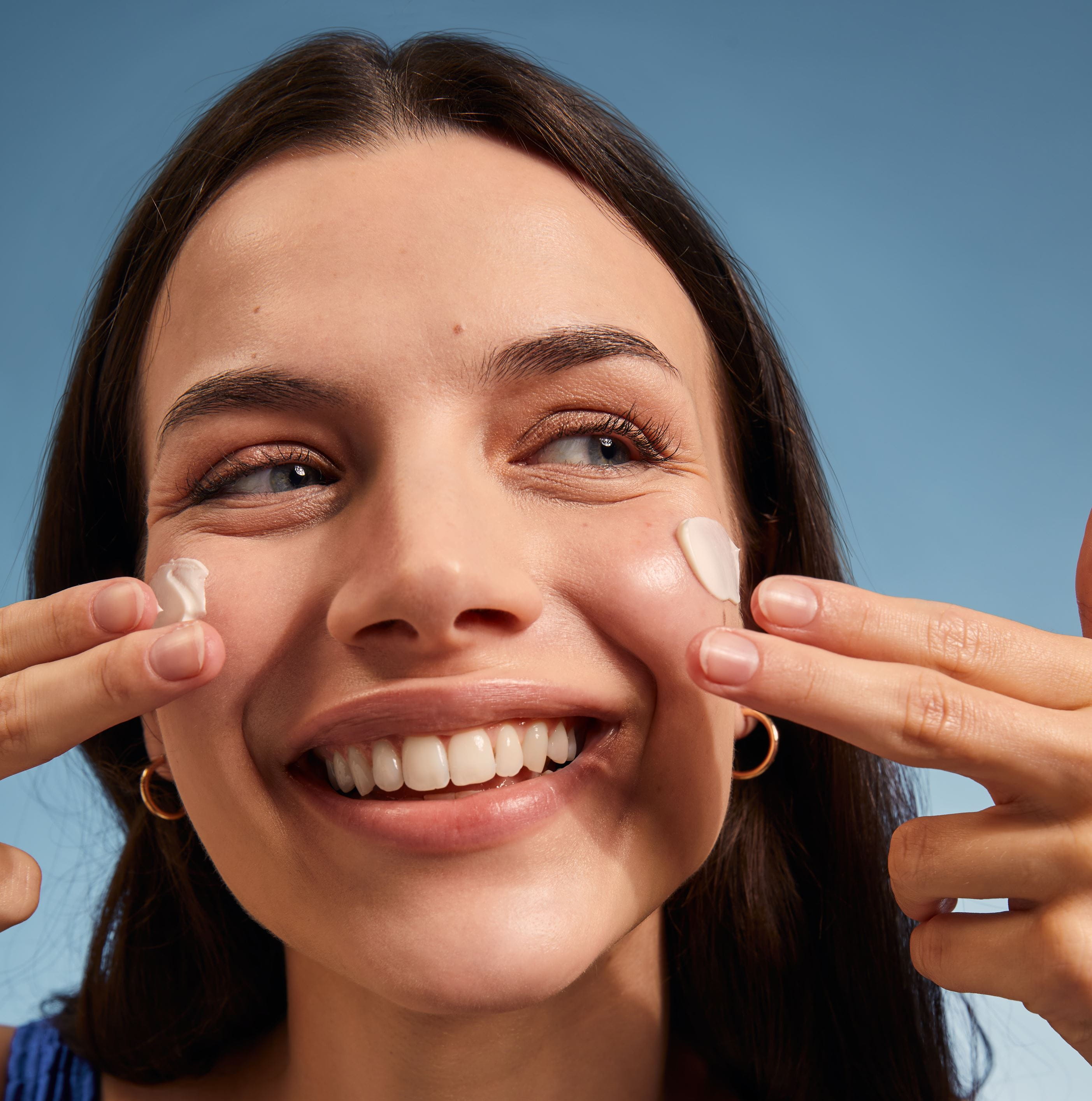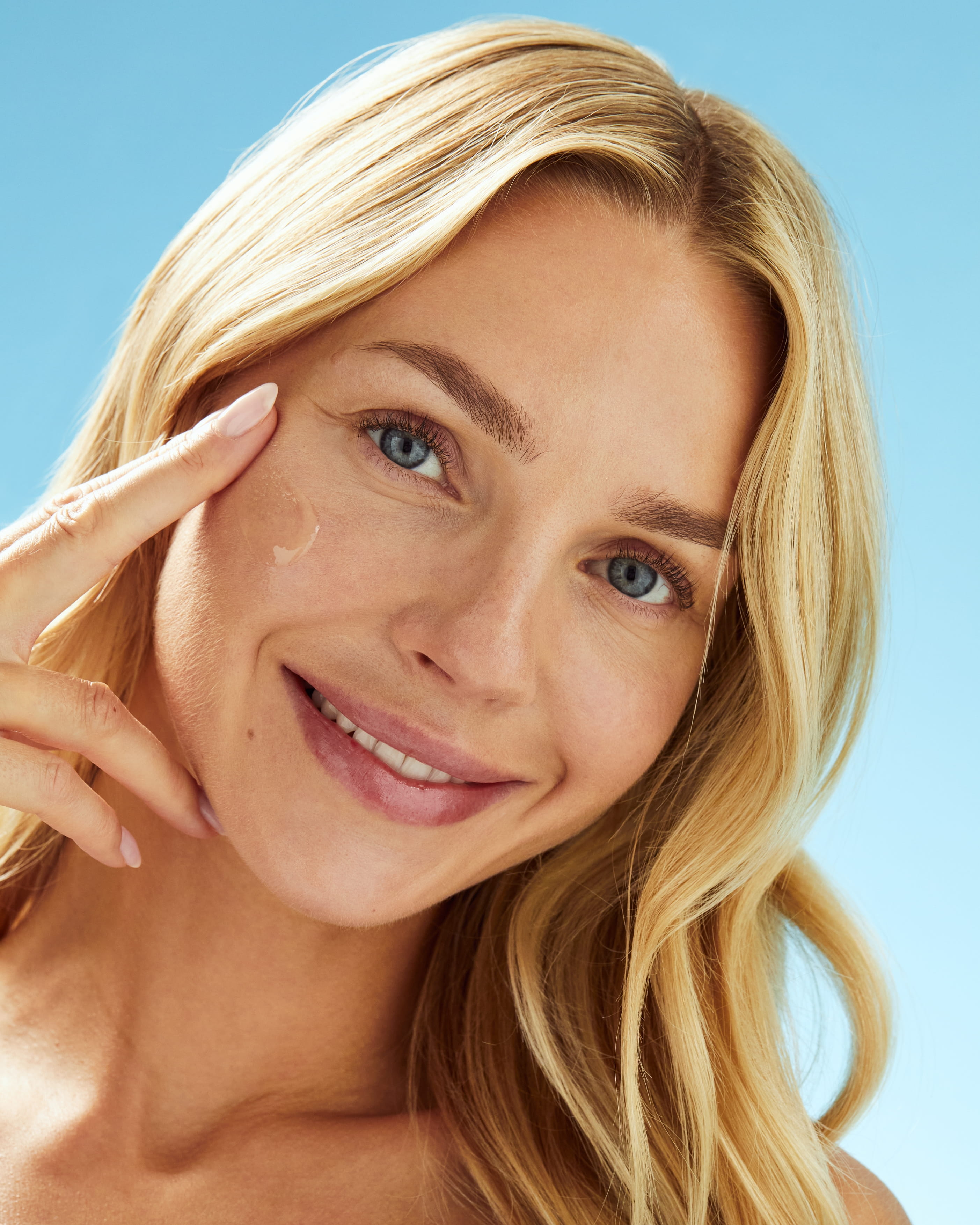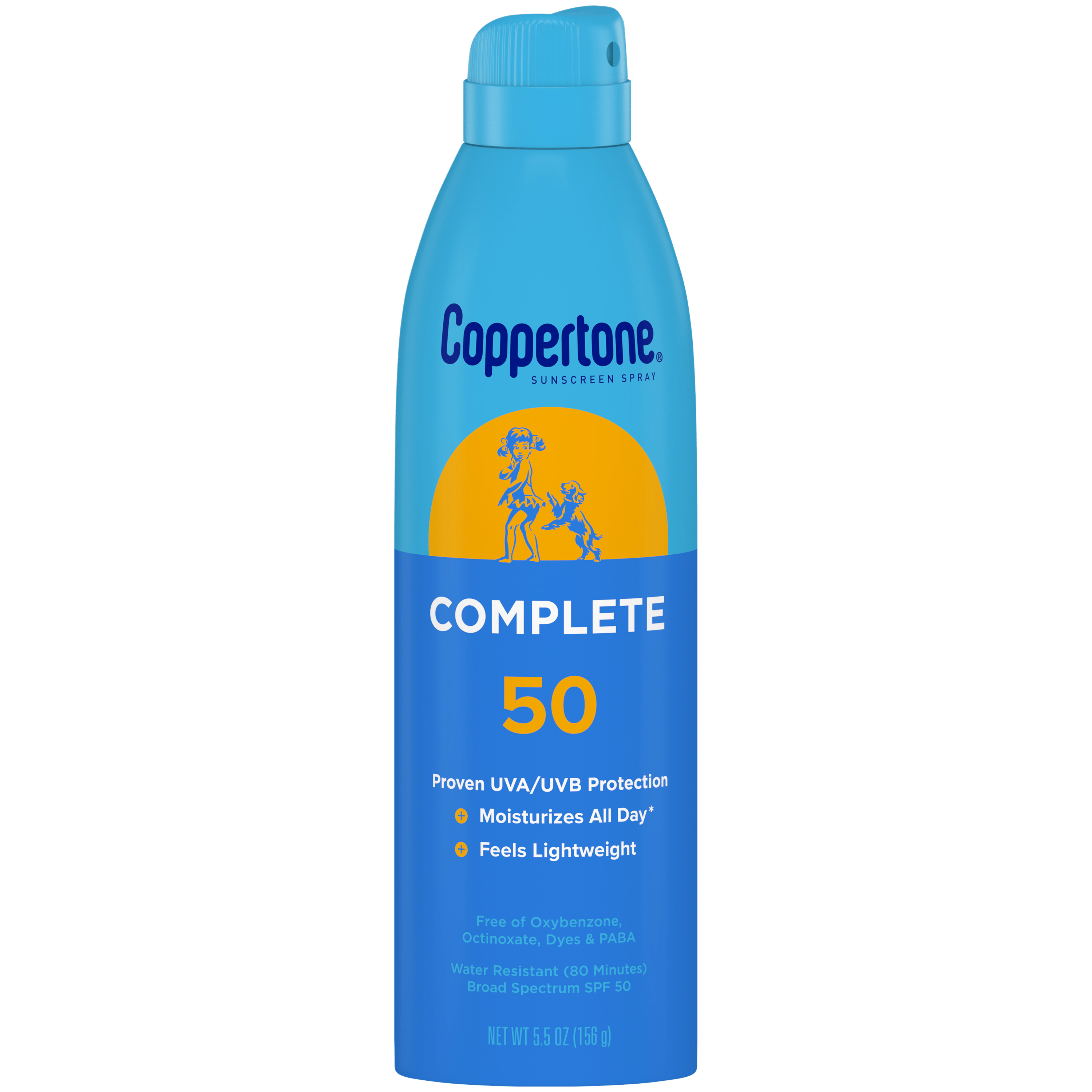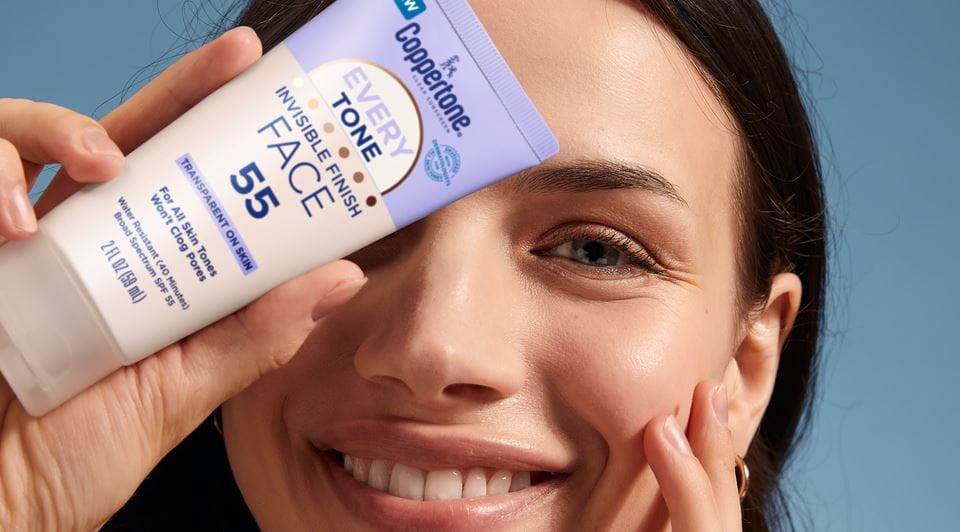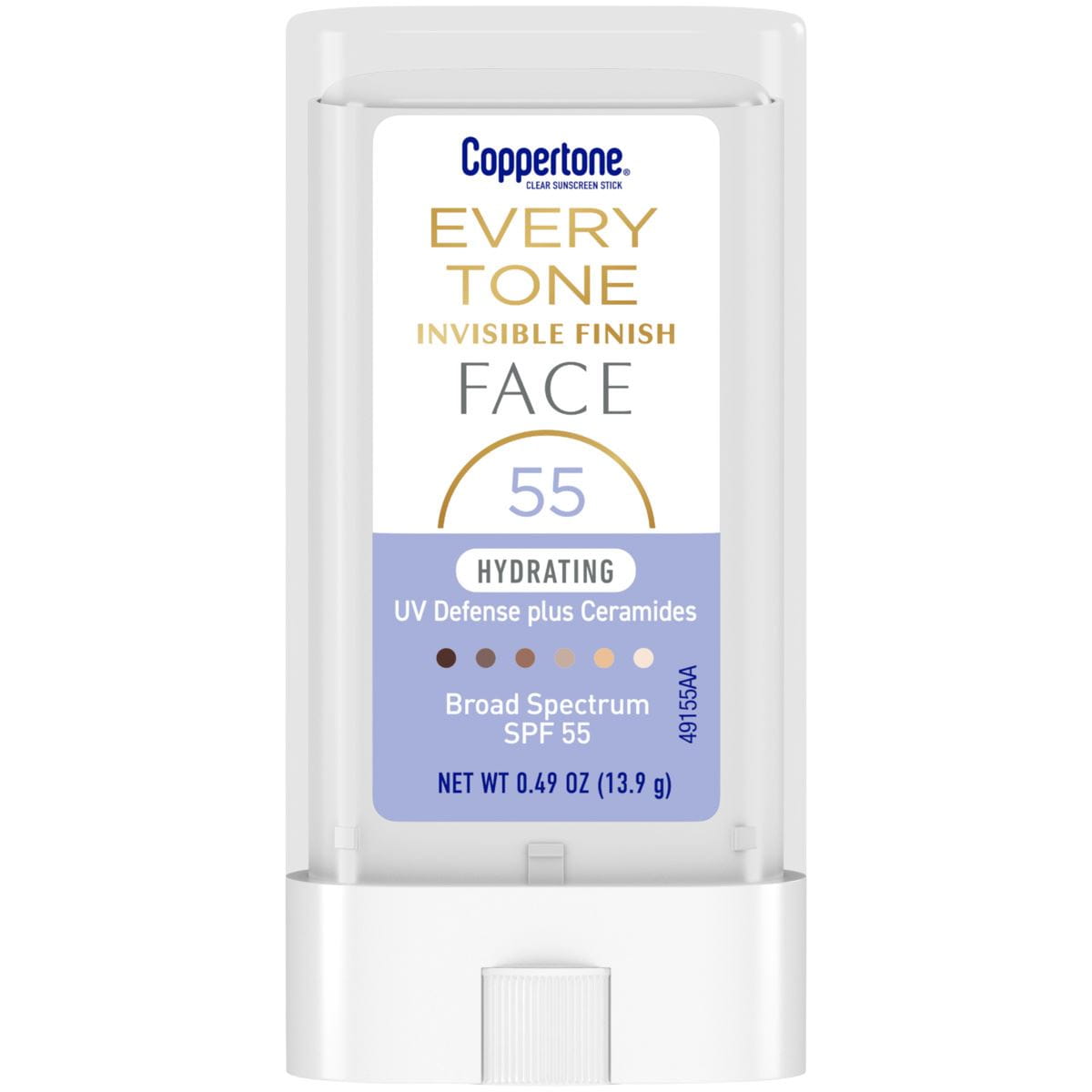
What is SPF? How long does 30/50 last & which do you need?
SPF is essential to protect your skin from UV rays in your daily life. Discover how SPF works, how long it lasts, what factor numbers mean, which to use & how to apply.
What does SPF stand for?
SPF stands for Sun Protection Factor and is a measure of how well a sunscreen protects your skin from UVB rays and sunburn. The higher the SPF, the longer the protection will last. While higher SPFs block more of the sun’s UVB rays, no sunscreen can block 100% of the sun’s UVB rays.
Learn everything you need to know about SPF including how long factor 50 lasts, how it works, and which number is best suited to your skin.
What does the SPF number mean?
The SPF number tells you how long it might take you to get a sunburn after applying it, versus not wearing any at all. As an example: if you can spend 10 minutes in the sunlight without burning, a lotion with SPF30 will multiply this "self-protection time" by 30 to equal 300 minutes.
But keep in mind that this is just an approximation since you might not be taking as long to burn depending on the season, the weather, your skin type or even your geographic location.
How does SPF work?
